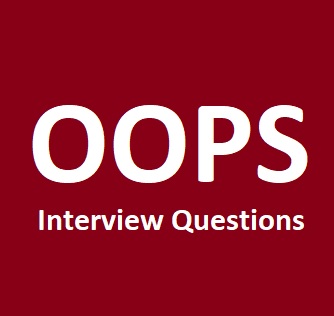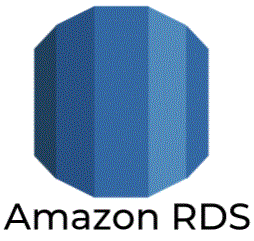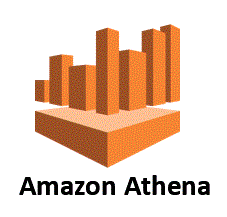16. Define a Relation Schema and a Relation.
A relation schema describes how a valid instance of a relation in a database schema must look like. It does by specifying
(1) The header which specifies the column names of the relation, each associated with a certain domain
(2) All the relation constraints and dependencies that a valid instance must satisfy such as candidate keys, functional dependencies, multi-valued dependencies, etc .
A relation instance is a set of tuples that adheres to all the requirements that are formulated by the relation schema. This means that each tuple will have the fields and values in those fields that are consistent with the header.
17. What do you mean by durability in DBMS?
Durability in databases is the property that ensures transactions are saved permanently and do not accidentally disappear or get erased, even during a database crash. This is usually achieved by saving all transactions to a non-volatile storage medium. Durability is part of the ACID properties.
18. What are different types of joins in SQL?
SQL inner join
Equi join
Non- equi join
SQL outer join
SQL left join or left outer join
SQL right join or right outer join
SQL full join or full outer join
SQL cross join
SQL self join
19. What are the unary operations in Relational Algebra?
Relational Algebra is a procedural query language used to query the database tables to access data in different ways. In relational algebra, input is a relation and output is also a relation.The primary operations that we can perform using relational algebra are:
Select
Project
Union
Set Different
Cartesian product
Rename
20. What do you understand by query optimization?
Query optimization is the process where a database or data warehouse takes the input from a user’s question, and reworks that question to deliver a quick response with as few compute resources as possible. The number of query plan choices reach far beyond what a human can calculate.











